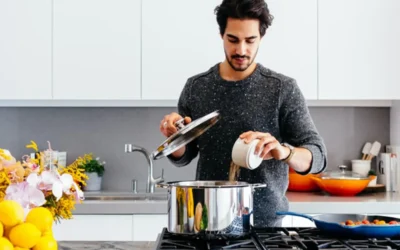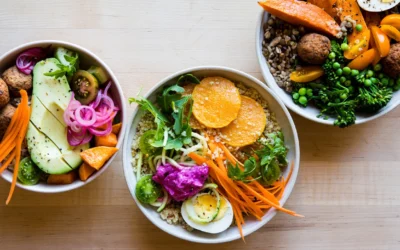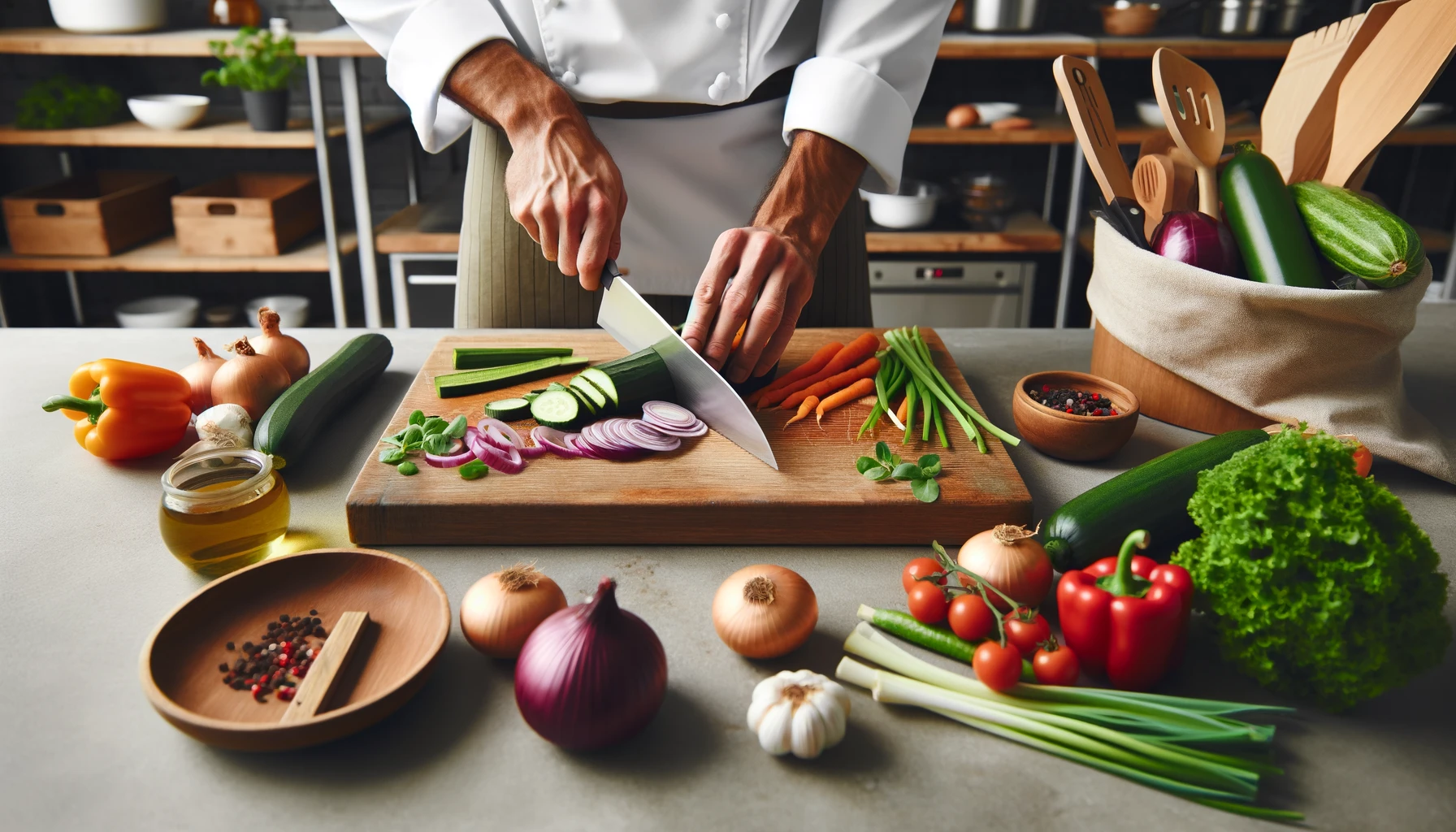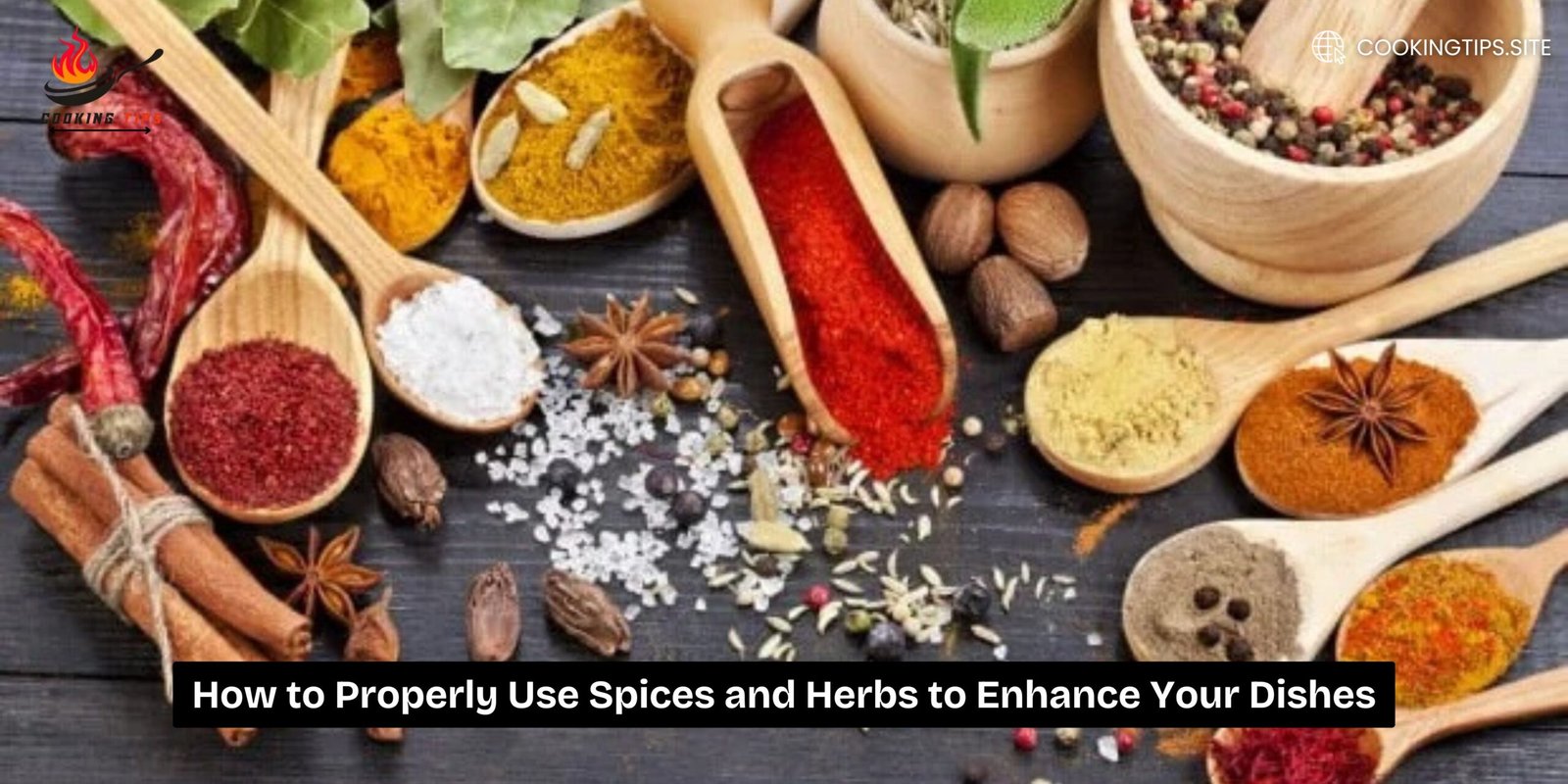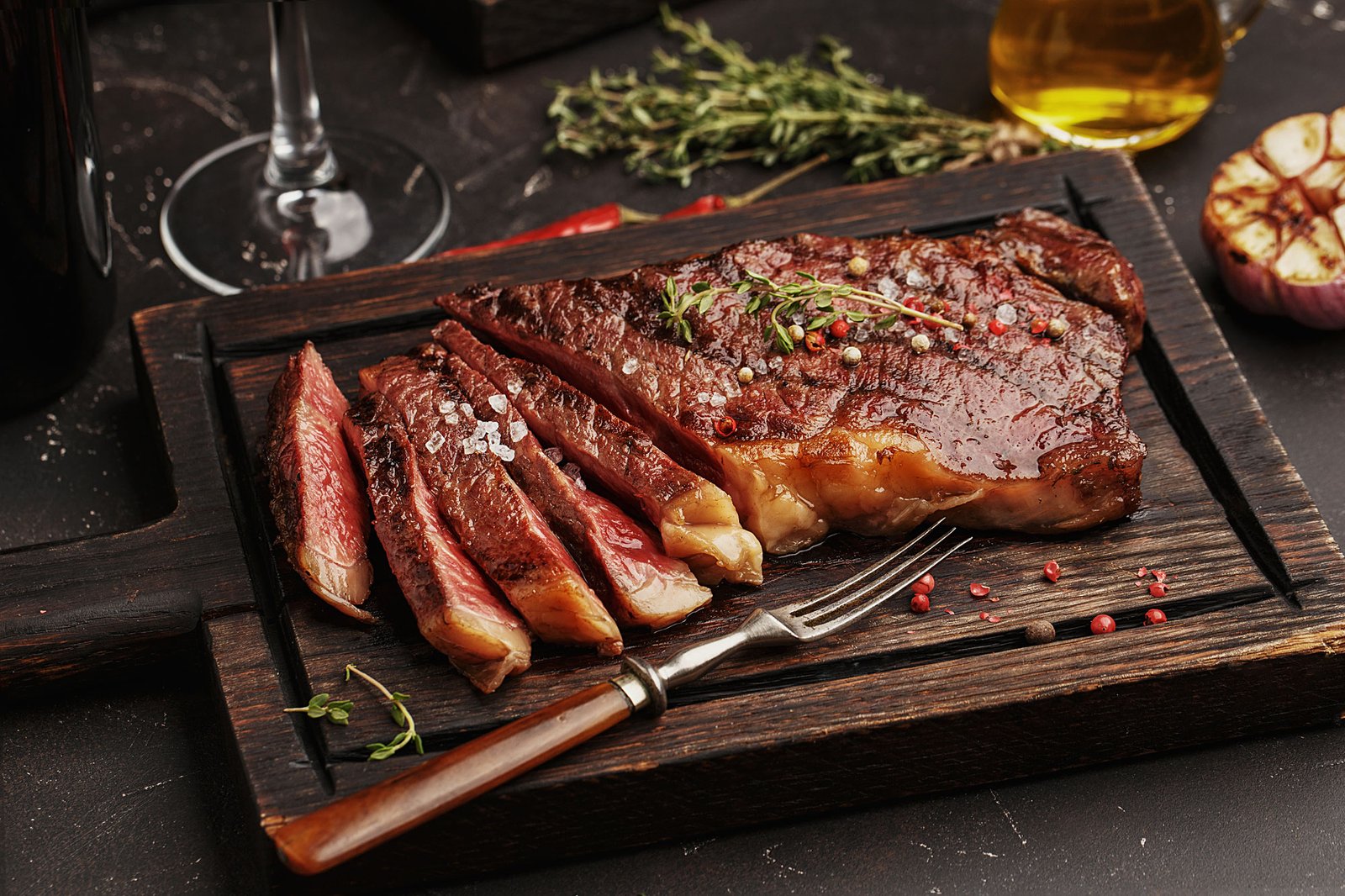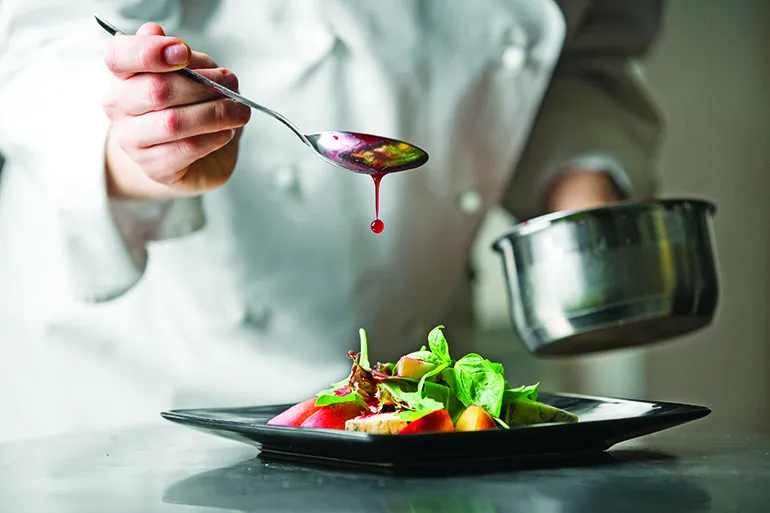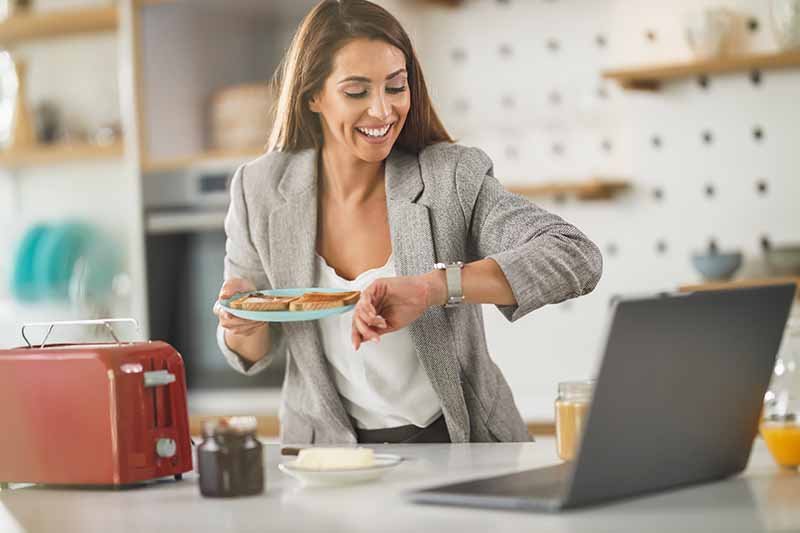Whether you’ve just moved into your first place, or you’re ready to elevate your home cooking, mastering some basic cooking skills is key to building confidence in the kitchen. For beginners, the thought of preparing meals might feel overwhelming, but with a few essential tips, you can start cooking like a pro in no time! From chopping vegetables to cooking meat to seasoning your dishes perfectly, let’s break down some fundamental cooking skills every beginner should know.
1. How to Chop and Dice Like a Pro
One of the first skills every home cook should master is knife handling. Chopping and dicing vegetables is a critical part of almost every recipe, and doing it right can save you time and effort.
Tips for Chopping:
- Use a sharp knife: A sharp knife is safer and more efficient than a dull one. It will make your chopping tasks quicker and more accurate.
- Hold the knife properly: Grip the knife with your dominant hand, wrapping your fingers around the handle. The other hand should hold the ingredient, but be sure your fingers are tucked in to avoid cutting yourself.
- Cutting board technique: Always use a stable cutting board. If it slides around, place a damp towel underneath to keep it in place.
How to Dice:
- Start by cutting your vegetable (such as an onion or bell pepper) into strips, then turn those strips perpendicular and cut across to create uniform pieces.
- If you’re dicing a large vegetable like a potato, it’s best to first cut it into rounds, then into strips, and finally into cubes.
2. How to Properly Cook Meat
Cooking meat can be intimidating for beginners, but with the right technique, it’s easy to create juicy, flavorful dishes. Whether you’re cooking chicken, beef, or pork, mastering the basic techniques is essential.
Tips for Cooking Meat:
- Use a thermometer: To ensure your meat is cooked through, use a meat thermometer to check for the correct internal temperature. For example, chicken should reach an internal temperature of 165°F (75°C), while beef can vary based on your preference (e.g., 145°F (63°C) for medium-rare).
- Rest your meat: After cooking, let your meat rest for 5–10 minutes before cutting into it. This allows the juices to redistribute, resulting in a juicier and more flavorful piece of meat.
- Searing: To get a nice golden-brown crust on your meat, heat your pan over high heat before adding the meat. Don’t overcrowd the pan, as it can cause the meat to steam rather than sear.
Pan-frying meat:
- For lean cuts like chicken breast or pork tenderloin, pan-frying is a great option. Heat some oil in the pan, season the meat, and cook for a few minutes per side until browned and cooked through.
Roasting meat:
- For larger cuts like a whole chicken or roast, roasting in the oven at a moderate temperature (around 350°F or 175°C) is an easy, hands-off way to cook. Just make sure to use a roasting pan with a rack to allow the heat to circulate evenly around the meat.
3. Perfecting the Art of Seasoning
A dish without seasoning is bland, no matter how well it’s cooked. Learning how to season properly is an essential skill that can transform your cooking from average to outstanding.
How to Season:
- Salt: Salt is the most important seasoning, but it should be used sparingly and added in stages. Add a little salt at the beginning of cooking, then taste and adjust as necessary throughout the process.
- Herbs and Spices: Fresh herbs like basil, thyme, and parsley are great for adding brightness, while dried spices such as cumin, paprika, and black pepper bring depth of flavor. When using dried herbs, remember that they’re more concentrated than fresh herbs, so use less.
- Taste as you go: Taste your dish throughout the cooking process. This will help you balance flavors and avoid over-seasoning. You can always add more, but it’s difficult to fix a dish that’s too salty or spicy.
4. Essential Cooking Techniques for Beginners
In addition to chopping and seasoning, there are a few key cooking methods that every beginner should know:
Sautéing: Sautéing is a quick cooking method that involves cooking food in a small amount of oil or butter over medium-high heat. This is perfect for vegetables, fish, or smaller cuts of meat.
Boiling and Simmering: Boiling is typically used for pasta or potatoes, where you want to cook something quickly in rapidly boiling water. Simmering, on the other hand, involves cooking at a lower temperature (just below the boiling point) and is often used for soups, stews, and sauces.
Baking: Baking is a dry heat method used for preparing cakes, pastries, and casseroles. A good rule of thumb is to always preheat your oven and check for doneness with a toothpick or thermometer.
Steaming: Steaming preserves the nutrients in vegetables and fish while keeping them tender. Simply place your ingredients in a steaming basket over simmering water and cook until tender.
5. Cleaning as You Go
A clean kitchen is a safe kitchen. One of the best habits you can form as a beginner cook is to clean up as you go. This not only saves time later but also ensures you have a tidy workspace to work in.
Tips for Cleaning:
- Wipe down your countertops and utensils immediately after use to avoid clutter.
- Keep your sink empty by washing dishes or loading the dishwasher between cooking tasks.
- Sanitize cutting boards and knives after using them with raw meat to prevent cross-contamination.
Conclusion
Cooking doesn’t have to be intimidating. With these basic cooking skills in your repertoire, you’ll be well on your way to preparing delicious, home-cooked meals. Start with these foundational techniques, and over time, you’ll develop your own culinary style and become more comfortable in the kitchen. Remember, practice makes perfect—don’t be afraid to experiment and have fun with your cooking!
Stay tuned to Cookingtips.site for more helpful tips and tricks that will help you become a master in the kitchen. Happy cooking!

